Get a custom course package
We may not have any package deals available including this course. If you enquire or give us a call on +1 7204454674 and speak to our training experts, we should be able to help you with your requirements.
Module 1: Explore Azure Data Services for Modern Analytics
Module 2: Understand Concepts of Data Analytics
Module 3: Explore Data Analytics at Scale
Module 4: Introduction to Microsoft Purview
Module 5: Discover Trusted Data Using Microsoft Purview
Module 6: Catalog Data Artifacts by Using Microsoft Purview
Module 7: Manage Power BI Assets by Using Microsoft Purview
Module 8: Integrate Microsoft Purview and Azure Synapse Analytics
Module 9: Introduction to Azure Synapse Analytics
Module 10: Use Azure Synapse Serverless SQL Pool to Query Files in a Data Lake
Module 11: Analyze Data with Apache Spark in Azure Synapse Analytics
Module 12: Analyse Data in a Relational Data Warehouse
Module 13: Choose a Power BI Model Framework
Module 14: Understand Scalability in Power BI
Module 15: Create and Manage Scalable Power BI Dataflows
Module 16: Create Power BI Model Relationships
Module 17: Use DAX Time Intelligence Functions in Power BI Desktop Models
Module 18: Create Calculation Groups
Module 19: Enforce Power BI Model Security
Module 20: Use Tools to Optimize Power BI Performance
Module 21: Understand Advanced Data Visualization Concepts
Module 22: Monitor Data in Real-Time with Power BI
Module 23: Create Paginated Reports
Module 24: Provide Governance in a Power BI Environment
Module 25: Facilitate Collaboration and Sharing in Power BI
Module 26: Monitor and Audit Usage
Module 27: Provision Premium Capacity in Power BI
Module 28: Establish a Data Access Infrastructure in Power BI
Module 29: Broaden the Reach of Power BI
Module 30: Automate Power BI Administration
Module 31: Build Reports Using Power BI within Azure Synapse Analytics
Module 32: Design a Power BI Application Lifecycle Management Strategy
Module 33: Create and Manage a Power BI Deployment Pipeline
Module 34: Create and Manage Power BI Assets


The Designing and Implementing Enterprise-Scale Analytics Solutions Using Microsoft Azure and Microsoft Power BI DP-500 Course is aimed at professionals who are involved in Data Analysis, Data Engineering, and Business Intelligence. This Microsoft Azure Training Course can be beneficial for a wide range of professionals, including:
Delegates must have a basic understanding of Data Analysis techniques, be familiar with SQL, and also have some experience with Microsoft Azure services to attend this Designing and Implementing Enterprise-Scale Analytics Solutions Using Microsoft Azure and Microsoft Power BI DP500 Course.
In today's dynamic business environment, the Designing and Implementing Enterprise-Scale Analytics Solutions Using Microsoft Azure and Microsoft Power BI DP-500 Course serves as a cornerstone of innovation and data-driven decision-making. With the escalating importance of Data Analytics, this course provides an essential grasp of leveraging Microsoft Azure and Power BI for scalable analytics solutions.
Proficiency in this subject is imperative for Data Architects, Business Intelligence Professionals, and Data Analysts who aspire to master Microsoft Azure Courses. As organisations increasingly pivot towards data insights for informed decision-making, expertise in designing and implementing enterprise-scale analytics solutions becomes a pivotal skill set for those shaping the future of data-driven enterprises.
This 4-day Microsoft Azure Training by the Knowledge Academy is a transformative experience for delegates, offering a comprehensive knowledge base that delves into Azure's analytics capabilities and seamlessly integrates Power BI. Delegates emerge with hands-on expertise in designing scalable solutions, optimising data performance, and translating data into actionable insights.
Course Objectives
Upon completing this Microsoft Azure Training, delegates will be empowered with a profound understanding of designing and implementing enterprise-scale analytics solutions using Microsoft Azure and Power BI. Armed with hands-on experience and best practices, delegates will be well-positioned to contribute effectively to their organisations, driving informed decision-making and becoming instrumental in the evolving landscape of data-driven enterprises.




Why choose us
Experience live, interactive learning from home with The Knowledge Academy's Online Instructor-led Designing and Implementing Enterprise-Scale Analytics Solutions Using Microsoft Azure and Microsoft Power BI DP500. Engage directly with expert instructors, mirroring the classroom schedule for a comprehensive learning journey. Enjoy the convenience of virtual learning without compromising on the quality of interaction.
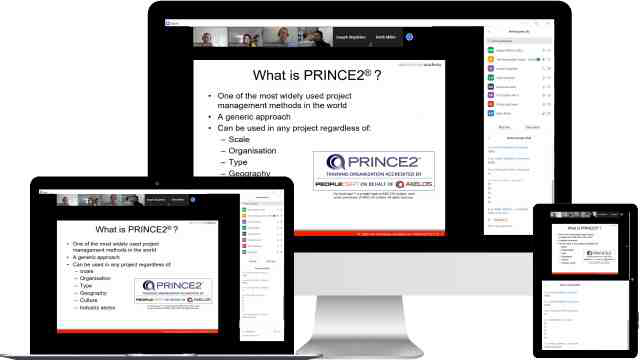
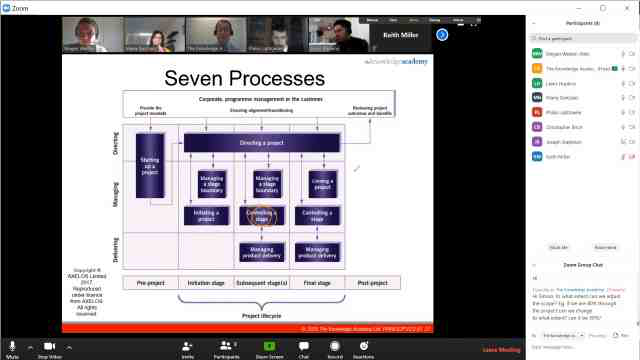
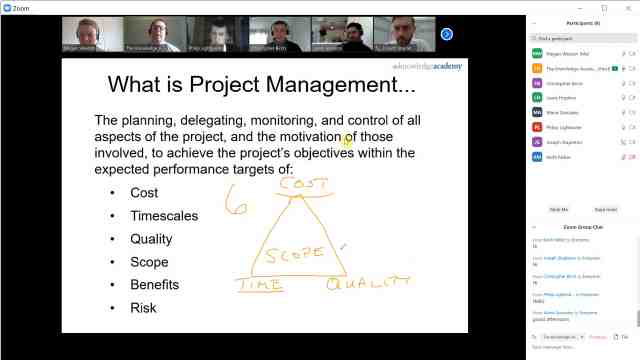
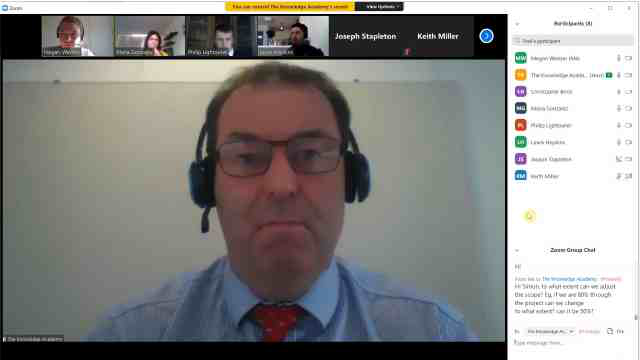
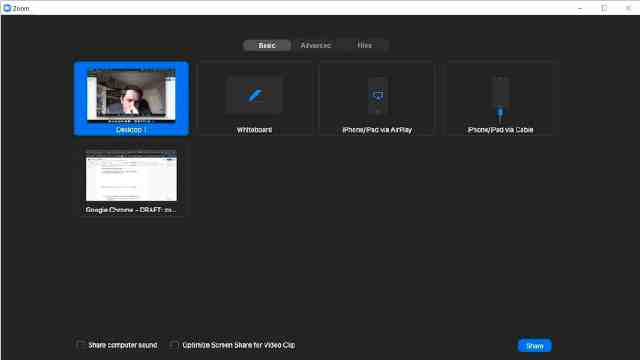
Unlock your potential with The Knowledge Academy's Designing and Implementing Enterprise-Scale Analytics Solutions Using Microsoft Azure and Microsoft Power BI DP500, accessible anytime, anywhere on any device. Enjoy 90 days of online course access, extendable upon request, and benefit from the support of our expert trainers. Elevate your skills at your own pace with our Online Self-paced sessions.
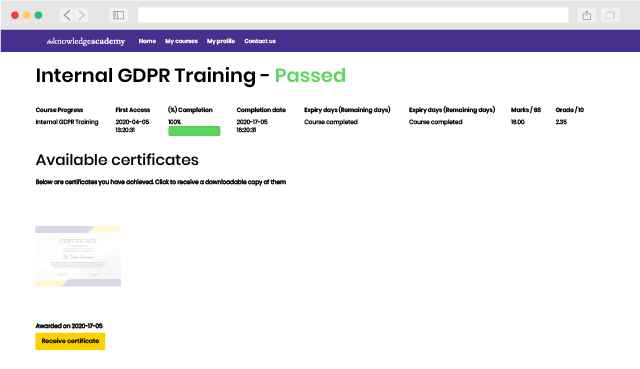
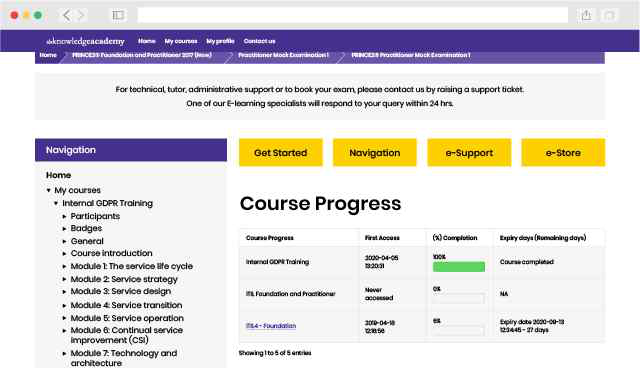
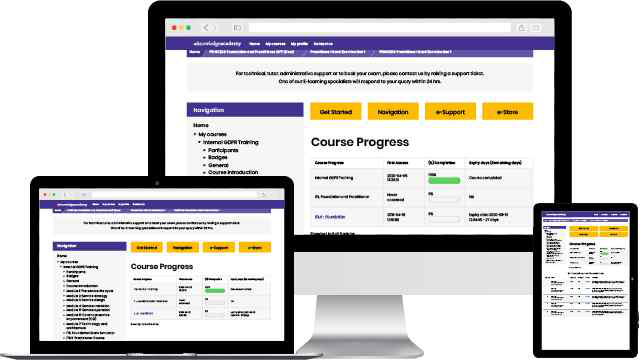
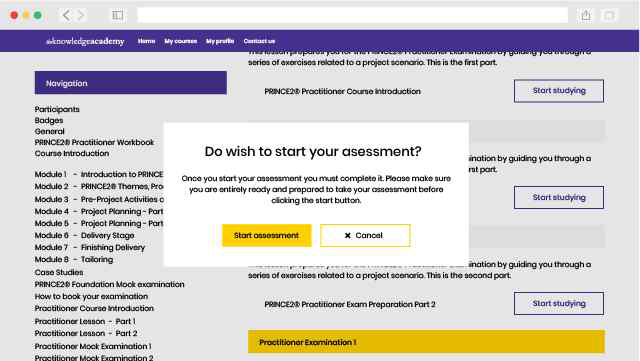
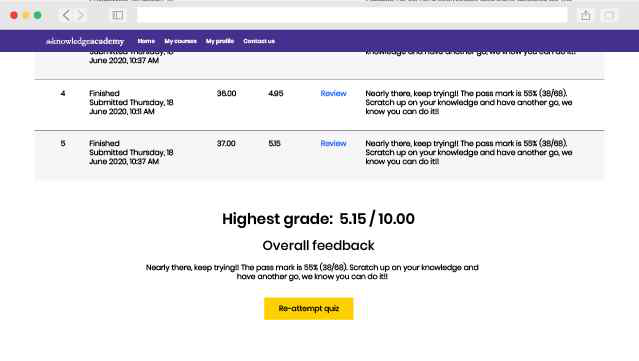
Very friendly, knowledgeable and flexible trainer. Enjoyed the sessions and covered the topics well.

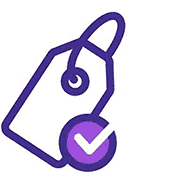
You won't find better value in the marketplace. If you do find a lower price, we will beat it.

Microsoft Azure Training

Flexible delivery methods are available depending on your learning style.

Resources are included for a comprehensive learning experience.




"Really good course and well organised. Trainer was great with a sense of humour - his experience allowed a free flowing course, structured to help you gain as much information & relevant experience whilst helping prepare you for the exam"
Joshua Davies, Thames Water



 Atlanta
Atlanta New York
New York Houston
Houston Dallas
Dallas Denver
Denver Seattle
Seattle Los Angeles
Los Angeles Chicago
Chicago San Francisco
San Francisco Philadelphia
Philadelphia San Diego
San Diego Phoenix
Phoenix Boston
Boston Austin
Austin Detroit
Detroit San Jose
San Jose Tampa
Tampa Colorado Springs
Colorado Springs Portland
Portland Sacramento
Sacramento Minneapolis
Minneapolis San Antonio
San Antonio Irvine
Irvine Las Vegas
Las Vegas Miami
Miami Bellevue
Bellevue Pittsburgh
Pittsburgh Baltimore
Baltimore Fairfax
Fairfax Orlando
Orlando Raleigh
Raleigh Salt Lake City
Salt Lake City Columbus
Columbus Oklahoma City
Oklahoma City Nashville
Nashville Charleston
Charleston Columbia
Columbia Cleveland
Cleveland Cincinnati
Cincinnati Memphis
Memphis Richmond
Richmond Virginia Beach
Virginia Beach Louisville
Louisville Fort Lauderdale
Fort Lauderdale Indianapolis
Indianapolis Des Moines
Des Moines Grand Rapids
Grand Rapids New Orleans
New Orleans Wichita
Wichita Charlotte
Charlotte Hartford
Hartford New Jersey
New Jersey Anchorage
Anchorage Omaha
Omaha Honolulu
Honolulu Albuquerque
Albuquerque Baton Rouge
Baton Rouge Iowa City
Iowa City Albany, NY
Albany, NY Boise
Boise Milwaukee
Milwaukee Tucson
Tucson Kansas City
Kansas City St Louis
St Louis Jacksonville
Jacksonville
 Back to course information
Back to course information
We may not have any package deals available including this course. If you enquire or give us a call on +1 7204454674 and speak to our training experts, we should be able to help you with your requirements.
 If you miss out, enquire to get yourself on the waiting list for the next day!
If you miss out, enquire to get yourself on the waiting list for the next day!

close


Press esc to close

close
Fill out your contact details below and our training experts will be in touch.



Back to Course Information